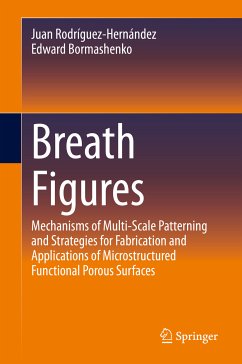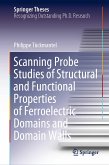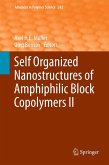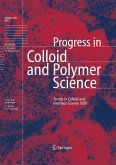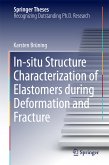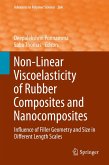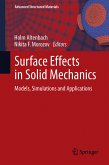This book offers a complete and concise overview of the different strategies used to prepare microstructured surfaces employing information regarding surface instabilities and physical processes. Based upon the concept of the remarkably uniform layer of water vapor that is applied when one simply breathes onto a surface in cold temperatures, the book presents a comprehensive treatise addressing chemical and physical fundamentals, fabrication, and applications of the breath figures approach to surface wetting, coating, and modification (breath figures self-assembly) of various materials. The main topics of the book are divided into six parts: the control of surface properties in polymer blends; block copolymer design with the aim of providing order at different lengths; combination of block copolymer blends with the breath figures (BFs); dynamic templating; the breath figures method; biorecognition; and alternative approaches for surface structuring and functionalization.
- Discusses various physical processing methods in preparing microstructured surfaces;
- Describes relevant aspects of micro- and nanostructured surfaces from fabrication to final applications, including additive manufacturing, bacterial adhesion and entrapment, optical and electro-optical applications, and membrane technology;
- Details the breath figures approach to surface structuring while discussing alternative strategies that tie morphology to functionality of materials.
Dieser Download kann aus rechtlichen Gründen nur mit Rechnungsadresse in A, B, BG, CY, CZ, D, DK, EW, E, FIN, F, GR, HR, H, IRL, I, LT, L, LR, M, NL, PL, P, R, S, SLO, SK ausgeliefert werden.
Es gelten unsere Allgemeinen Geschäftsbedingungen: www.buecher.de/agb
Impressum
www.buecher.de ist ein Internetauftritt der buecher.de internetstores GmbH
Geschäftsführung: Monica Sawhney | Roland Kölbl | Günter Hilger
Sitz der Gesellschaft: Batheyer Straße 115 - 117, 58099 Hagen
Postanschrift: Bürgermeister-Wegele-Str. 12, 86167 Augsburg
Amtsgericht Hagen HRB 13257
Steuernummer: 321/5800/1497
USt-IdNr: DE450055826
Bitte wählen Sie Ihr Anliegen aus.
Rechnungen
Retourenschein anfordern
Bestellstatus
Storno

